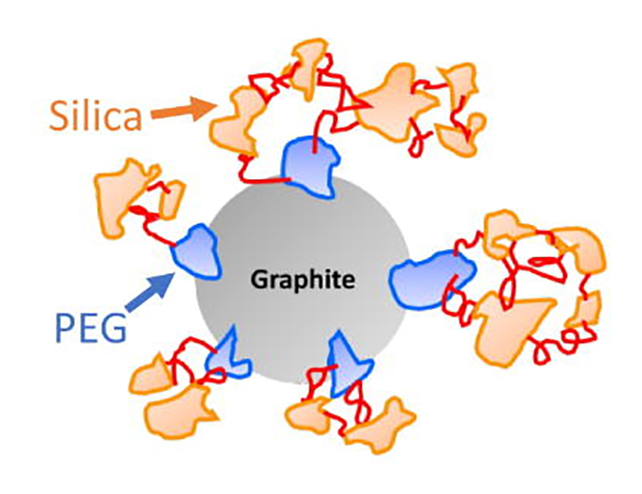Levitation is the kind of superpower many researchers would love to get their hands on. While there are a number of ways to fight the forces of gravity, few are suitable for the kinds of ultrasensitive devices that would benefit from floating untethered in a vacuum.
Led by a team from the Okinawa Institute of Science and Technology (OIST) in Japan, a team of researchers have found a way to shield thin wafers of graphite as they hover freely above a grid of magnets, making them far less susceptible to currents that interfere with their ability to act as sensors.
Graphite is diamagnetic, which means it pushes against magnetic fields. Place a thin slice of the material over a suitable ferromagnetic material and you can create a small platform that has no connection to its surroundings.
Remove all of the surrounding air, the hovering wafers of carbon can be effectively isolated from the bumps and shakes of virtually all colliding particles, isolating it from the surrounds.
While this ought to make it handy for sensing anything from gravity's pull to quantum activities, electrical currents within the layers of graphite forces the system to lose energy by way of a phenomenon called eddy damping. The larger the wafer, the greater this effect.
To combat this, the researchers coated a small square of microscopic graphite beads with silica and then wax, making the square an electrical insulator, which helps protect against rapid energy loss from the system.

"Achieving this level of precision requires rigorous engineering to isolate the platform from external disturbances such as vibrations, magnetic fields, and electrical noise," says theoretical physicist Jason Twamley, from OIST.
The other challenge the team had to deal with was minimizing the motional or kinetic energy of the graphite piece, something that's crucial if the system is eventually going to be used as a sensor precise enough to take measurements at quantum scales.
This energy was reduced by creating a feedback loop, where the movement of the system was constantly monitored, and the magnetic field underneath was revised to keep the graphite piece as still as possible.
"Heat causes motion, but by continuously monitoring and providing real-time feedback in the form of corrective actions to the system, we can decrease this movement," says Twamley.
"The feedback adjusts the system's damping rate, which is how quickly it loses energy, so by actively controlling the damping, we reduce the system's kinetic energy, effectively cooling it down."
Having a precise level of control over platforms like these is crucial for answering some of the biggest questions in quantum physics and understanding where gravity fits.
One of the ways the technology could be used is as an atomic gravimeter, the researchers say: a device used to measure gravity by monitoring its effects on individual atoms. In fact, with more work, it could beat current gravimeters in terms of its sensitivity.
"Our ongoing work focuses on refining these systems to unlock the full potential of this technology," says Twamley.
The research has been published in Applied Physics Letters.
